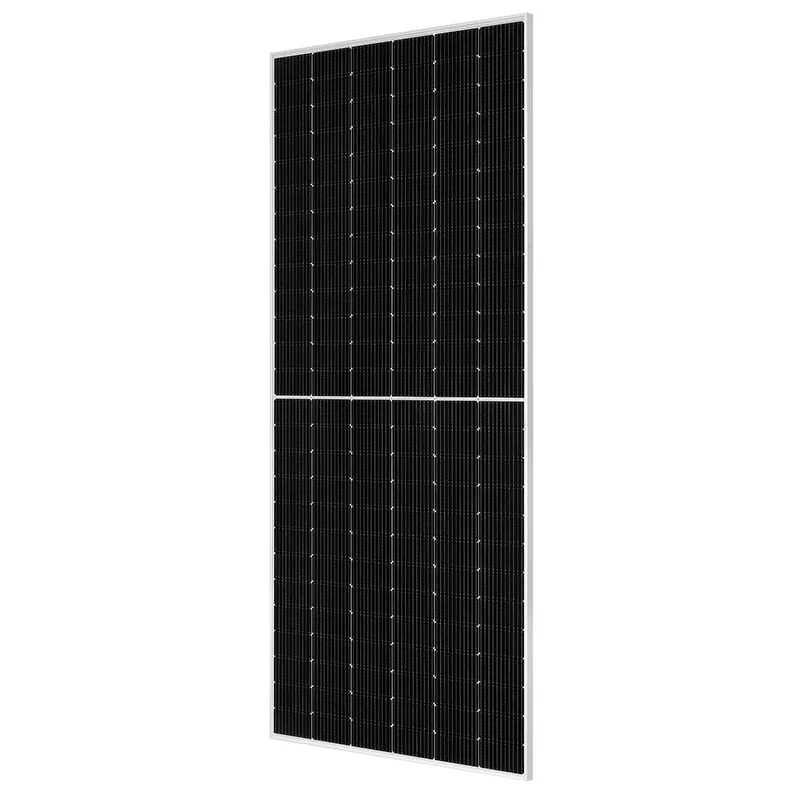solar panel 50 efficiency
The Future of Solar Panels A Leap Toward 50% Efficiency
As the world grapples with the pressing challenges of climate change and the need for sustainable energy, solar power has emerged as a crucial ally in our quest for renewable energy sources. With advancements in technology, the efficiency of solar panels—a critical factor determining their effectiveness—has seen a steady increase over the past few decades. Recently, the discussion has shifted towards achieving an unprecedented milestone solar panels with 50% efficiency. This ambitious goal could revolutionize the energy landscape, making solar power more viable and accessible than ever before.
Understanding Solar Panel Efficiency
Solar panel efficiency refers to the percentage of sunlight that can be converted into usable electricity. Traditionally, solar panels have hovered around 15-20% efficiency, though advancements have pushed some commercially available panels to approximately 22-24%. Higher efficiency means that less surface area is needed to produce the same amount of electricity, which can significantly impact installation costs and land use.
Achieving 50% efficiency has been a long-standing goal within the renewable energy sector. While it may seem like a distant dream, researchers are making headway in this area through innovative technologies and materials.
Technological Innovations Driving Efficiency
1. Multi-Junction Solar Cells One of the most promising paths to increasing solar panel efficiency is the development of multi-junction solar cells. These cells utilize multiple layers of photovoltaic materials, each designed to capture different segments of the solar spectrum. By stacking these layers, the cells can harness more of the sunlight that hits them, potentially reaching efficiency levels closer to 50%. Research institutions and companies, such as those in the aerospace sector, have showcased prototype cells with efficiencies exceeding 40%.
2. Perovskite Solar Cells Another contender in the race for higher efficiency is perovskite solar cells. These cells are made from a unique class of materials that have shown rapid improvements in efficiency. They are less expensive to manufacture than traditional silicon cells and can be produced through simpler processes. Some research has indicated that perovskite cells can achieve efficiencies approaching 30%, making them a strong candidate for future developments.
3. Concentrated Photovoltaics (CPV) This technology employs mirrors or lenses to focus sunlight onto a small area of highly efficient solar cells. By concentrating sunlight, CPV systems can significantly increase the amount of energy produced from a smaller surface area, pushing efficiency rates. When combined with multi-junction technology, CPV could become a pivotal technology in achieving the elusive 50% efficiency milestone.
solar panel 50 efficiency

Challenges Ahead
While the potential for achieving 50% efficiency exists, several challenges must be overcome. Firstly, the cost of production for advanced materials and technologies can be prohibitively high. To make these technologies commercially viable, researchers must focus on scaling production and driving down costs.
Secondly, durability and stability are critical factors. For solar cells to be viable for widespread use, they must not only be efficient but also resilient to environmental factors such as extreme temperatures, moisture, and UV radiation. Developing materials that retain their efficiency over time is crucial for long-term adoption.
Lastly, regulatory frameworks and market acceptance can impact the adoption of new technologies in the solar industry. Manufacturers must navigate these hurdles to bring their innovations to consumers effectively.
The Road Ahead
Looking to the future, achieving 50% efficiency in solar panels could result in a dramatic shift in how we harness solar energy. It could lead to
- Reduced Land Use Higher efficiency means that less physical space is required for solar installations, freeing land for agriculture or natural habitats. - Cost Reduction Ultimately, increased efficiency could lead to lower costs for consumers, making solar energy more competitive with fossil fuels. - Enhanced Energy Security With more efficient solar panels, countries can increase their energy independence and reduce reliance on imported fuels.
In conclusion, while the journey toward 50% solar panel efficiency is fraught with challenges, the potential benefits are monumental. By continuing to invest in research and development, and through collaboration across sectors, we can create a sustainable future powered by clean, efficient solar energy. The dream of ultra-efficient solar panels may not be far from reality, and the world stands to gain tremendously from this breakthrough.
-
Unlocking Energy Freedom with the Off Grid Solar InverterNewsJun.06,2025
-
Unlock More Solar Power with a High-Efficiency Bifacial Solar PanelNewsJun.06,2025
-
Power Your Future with High-Efficiency Monocrystalline Solar PanelsNewsJun.06,2025
-
Next-Gen Solar Power Starts with Micro Solar InvertersNewsJun.06,2025
-
Harnessing Peak Efficiency with the On Grid Solar InverterNewsJun.06,2025
-
Discover Unmatched Efficiency with the Latest String Solar InverterNewsJun.06,2025







